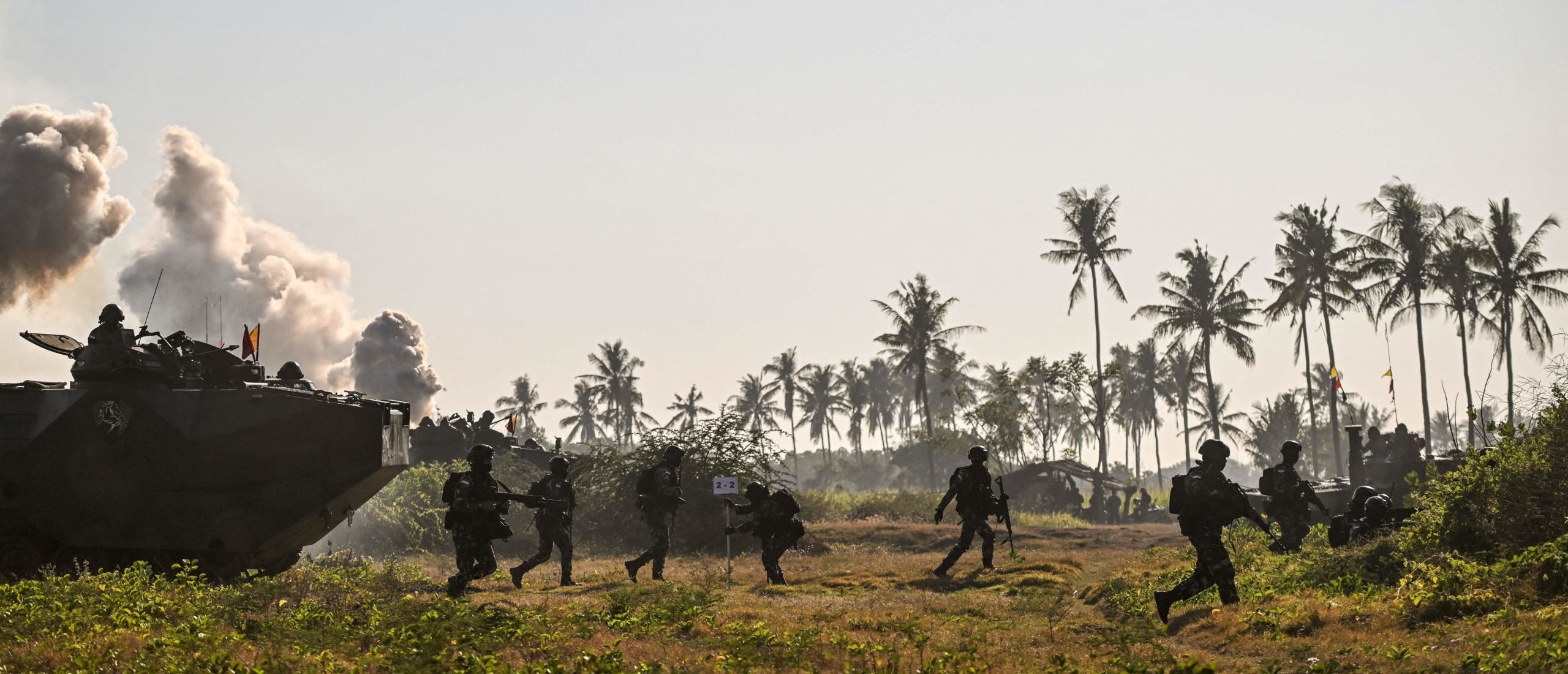In 2023, the US began revitalizing WWII-era Pacific military sites to prepare for war with China. Reclaiming the Tinian North airstrip, where the U.S. launched bombers against Japan during WWII, is the priority. General Kenneth Wilsbach, Pacific Air Forces commander, noted “significant progress” in this effort, emphasizing the airfield’s role in deploying aircraft throughout the Indo-Pacific to better defend against China’s missiles.

Photo from Google
Strategic Pivot: U.S. Strengthens Military Presence on Tinian Amidst Growing Tensions with China
This deployment follows a larger trend of growing and repositioning U.S. troops in the Pacific, signifying a strategic shift in response to China. To dissuade and fight China, the plan strengthens the U.S. military presence on Tinian in the Marianas island group.
The Chinese defense ministry advised “high alert” as the U.S. military grows in the Asia-Pacific. China regards the increasing U.S. presence as a Cold War mindset driven by selfishness to retain hegemony and provoke conflict. The U.S. claims its activities promote Indo-Pacific peace, stability, and deterrence.
Changing the narrative of China’s rise and America’s fall, President Joe Biden stressed the U.S.’s strength to confront China in his 2023 State of the Union speech.
U.S. Expands Military Presence in Indo-Pacific: New Outposts and Strategic Partnerships Address China’s Maritime Challenges
As well as Tinian, the U.S. has deliberately established new outposts like Camp Blaz on Guam, which trains Marines to secure allies and maritime passages. Marine Littoral Regiments with missiles and drones will be deployed in Okinawa to improve reconnaissance and long-range attacks against China’s maritime threats.
A deal with the Philippines allows the U.S. to rotate soldiers through important military locations. A 2014 agreement gives the Department of Defense access to Philippine bases for joint training and pre-positioning equipment. China’s West Philippine Sea territorial claims are addressed while strengthening regional security and stability.
These measures reflect a broader U.S. Indo-Pacific policy, reflecting geopolitical concerns and efforts to maintain a balance of power amid global problems.




![Tyson Foods Plant [Photo: Food Manufacturing]](https://southarkansassun.com/wp-content/uploads/2023/08/iStock_1185520857__1_.5e441daa51cca-600x337.jpg)







![Silverado Senior Living Management Inc. [Photo: Los Angeles Times]](https://southarkansassun.com/wp-content/uploads/2023/10/download-6-4-600x337.jpg)

![China's Wuhan Institute of Virology [Photo: Nature]](https://southarkansassun.com/wp-content/uploads/2023/09/d41586-021-01529-3_19239608-600x337.jpg)
















